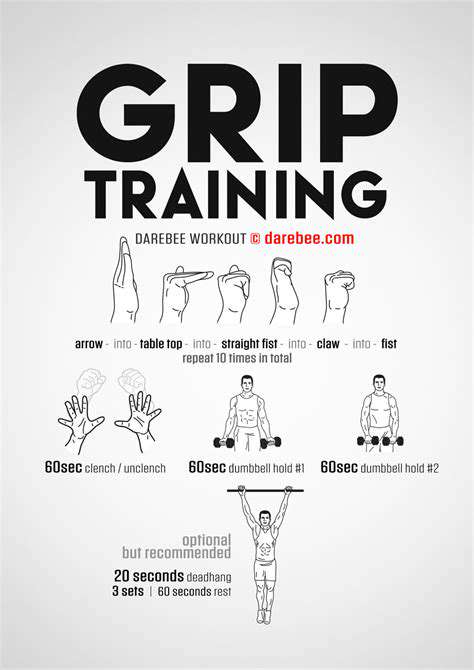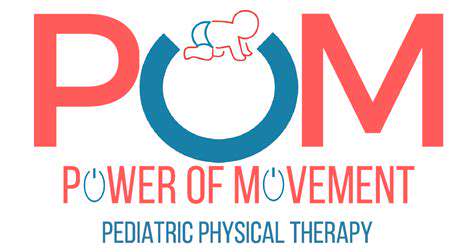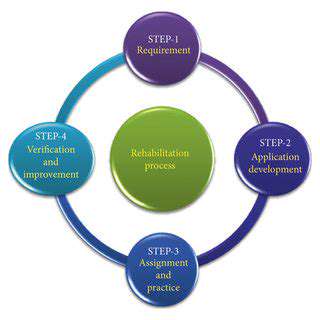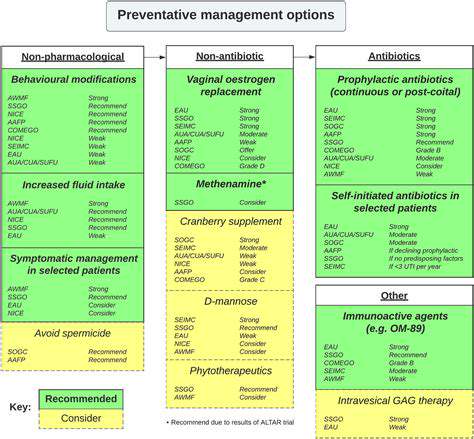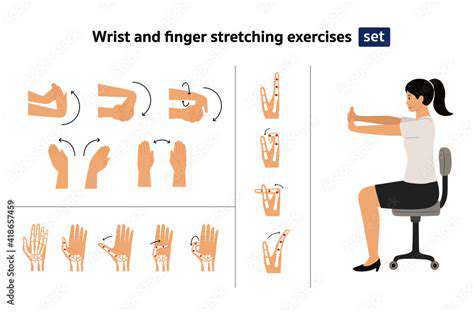How to Use Resistance Training


Tracking Progress and Adapting Your Routine
Understanding Your Baseline
Before beginning any resistance training program, taking stock of your current physical capabilities is absolutely essential. This initial evaluation lets you customize your workout plan to prevent injuries while progressively ramping up difficulty. You'll want to carefully consider your present strength levels, flexibility range, and any medical concerns that might affect your training. Either a detailed self-assessment or a session with a certified fitness expert can offer crucial information to help establish achievable objectives.
Monitoring Key Metrics
Keeping tabs on your advancement is indispensable for making appropriate modifications to your regimen. Recording numbers like the amount of weight you're lifting, how many reps you complete, and the quantity of sets gives you a clear picture of your development. These concrete measurements reveal how your body is responding to the exercises and highlight where you might need to make changes. Whether you prefer a traditional workout log, a digital fitness application, or just scribbling notes after each session, consistency in tracking is what matters most.
Analyzing Performance Trends
Taking time to examine your performance patterns regularly is vital for evaluating how well your current routine is working. Watch for trends in your advancement, including periods where you seem stuck or moments of rapid improvement. This careful review helps determine whether your workouts are sufficiently challenging or if they require tweaks to keep driving toward your fitness targets. Spotting these developments enables smarter choices about necessary adjustments to maintain forward momentum.
Adjusting Weight and Reps
Modifying the amount of weight you lift and the number of repetitions is a fundamental way to evolve your regimen. As your strength improves, incrementally boost the resistance or add more reps to your sets. This gradual increase in demand, known as progressive overload, is the cornerstone of ongoing muscular development and enhanced power. On the flip side, if you encounter discomfort or struggle with your current load, scaling back the weight or repetitions helps maintain proper technique and prevents harm.
Modifying Exercise Selection
Regularly refreshing the exercises in your routine is key to avoiding stagnation and ensuring comprehensive muscle engagement. When your body becomes accustomed to certain movements, introducing fresh variations or completely different exercises can reinvigorate your workouts. Experiment with alternative versions of familiar exercises or add novel movements that work different muscle groups, creating a more rounded and effective fitness program.
Incorporating Rest and Recovery
Proper downtime and recovery periods are absolutely critical for muscle repair, growth, and avoiding overuse injuries. Giving your body adequate time to recuperate between intense sessions is non-negotiable for achieving the best possible outcomes. Pay attention to what your body tells you and schedule regular rest days, particularly when experiencing significant soreness. Remember that effective recovery involves more than just physical rest - it includes getting enough quality sleep, maintaining excellent nutrition, and keeping stress in check.
Seeking Professional Guidance
Consulting with an experienced fitness professional can dramatically improve your training outcomes. A knowledgeable personal trainer or certified specialist offers customized advice for refining your routine, tracking your development, and ensuring safe, productive workouts. They can design a personalized exercise program aligned with your unique requirements and ambitions, helping you steer clear of injuries while optimizing results. Additionally, they provide expert instruction on correct form and exercise execution techniques.





